What Does the P0030 Code Mean?
The generic powertrain DTC P0030 is a particular type of code that is related to the main engine. The DTC P0030 stands for the “HO2S Heater Control Circuit Bank 1 & Sensor 1.” This code is mainly generated when the PCM finds something fishy in the heater circuit in the oxygen sensor Bank 1 Sensor 1. Here bank 1 refers to the location of cylinder 1. You need to know that the Oxygen sensors misbehave at low temperatures. There Is an ideal temperature for every oxygen sensor; a decrease in temperature may cause the error code P0030.
Causes:
- Faulty oxygen sensor heater.
- Damaged or corroded wiring or connectors.
- Blown fuse for the oxygen sensor heater circuit.
- Fault in the power control module (PCM).
- Insufficient ground connection.
Solutions:
- Replace the faulty oxygen sensor.
- Repair or replace damaged wiring or connectors.
- Replace the blown fuse.
- Check and repair PCM if necessary.
- Ensure proper ground connection.
Popular brands Experiencing the respective code:
P0030 Chevy, P0030 Subaru, P0030 BMW, P0030 Ford, P0030 GMC, P0030 VW, etc.
Where is the HO2S Heater Control Circuit located?
The heater control circuit of a car is an integral part of the engine’s oxygen cylinder. This heater is a compulsory part of the system that heats the oxygen sensor to monitor the temperature until the car is fully warmed up. The Heated Oxygen Sensor (HO2S) is located in the exhaust chamber to supervise the amount of oxygen in the main engine. 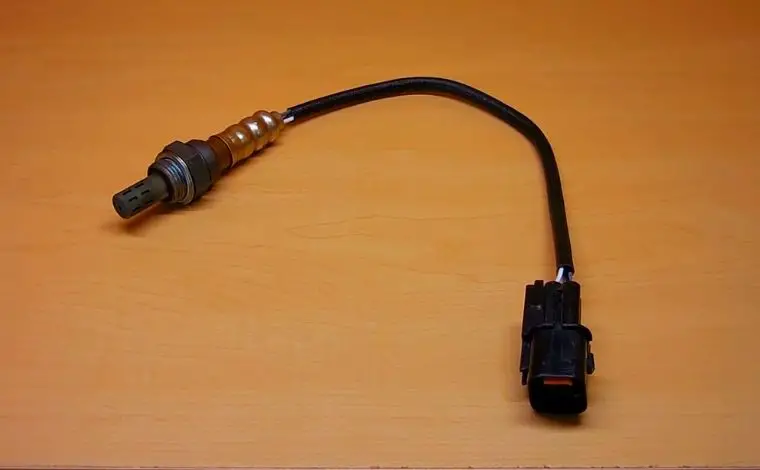
What Are The Actual Symptoms Of The P0030 Code?
There are loads of symptoms of the code P0030. Some of the symptoms have been discussed below,
- The check engine light was illuminated instantly. The MIL is also activated as the PCM has sent the message that there is something wrong with the oxygen cylinder of the engine.
- It may take a considerable time to accomplish a closed loop. The fuel mileage may decrease as there is a severe problem with the oxygen cylinder.
- HO2S sensors may show irregularities, and the response time may decrease from the O2 sensor. The engine may feel a stumble and a stalemate, and during high acceleration, annoying noise may produce by the engine.
What Are The Causes Of P0030?
Some of the significant causes of the generic DTC P0030 are described below, 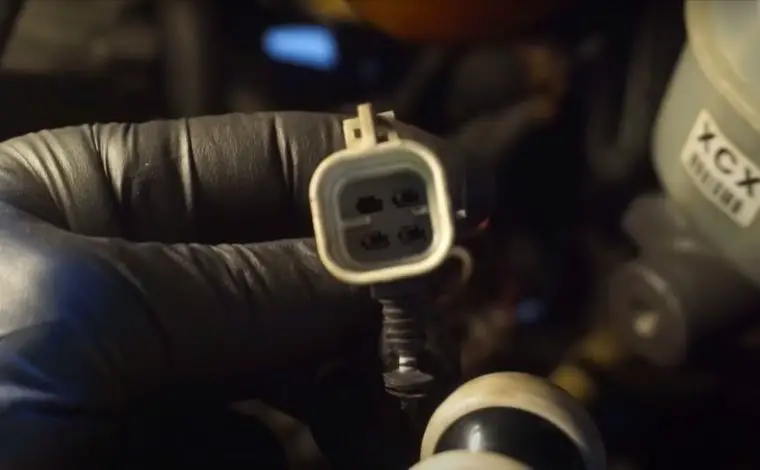
- There might be a short circuit in the Oxygen Sensor (O2). A shortage of the circuit feeding the O2 heating element may cause the error code to happen.
- There could be high resistance detected in the heating element of the O2. The oxygen cylinder heating element may suffer from irregular injuries, or the circuit of the heater may be damaged.
- The ground circuit of the heater may encounter a false connection, or the oxygen sensor’s heater circuit may be burned.
- The engine may be turned off for the failure of the PCM and the related sensors that convey data regarding the oxygen cylinder and the heater control circuit.
How Serious is the P0030 Code?
The fault code P0030 is solely related to the heater control circuit of the main engine of the car. If you neglect the problem and continue to drive, the mechanism of the oxygen cylinder could be badly hampered. The overall fuel consumption may reach a gigantic level, and the overall energy economy may be badly decreased. The engine may produce irrational ghostly sounds. All in all, the overall condition of the circuits, wirings, and sensors related to the oxygen cylinder may be badly hampered.
How To Diagnose the DTC P0030?
The diagnosis process of the error code is extensive, and it needs a long time to diagnose this fault code. The very first diagnosis step is to use the OBD-II scanning tool to locate the error codes. Then take a small test drive of the car and check if the code returns again. If the code still appears, then follow the next diagnosis. Visual inspection is mandatory for the diagnosis process. Diagnose the wirings and circuits. The catalytic converter or the exhaust heat may shatter the wirings. Fix all the issues related to the circuits. Then you need to diagnose the voltage and ground of the sensor.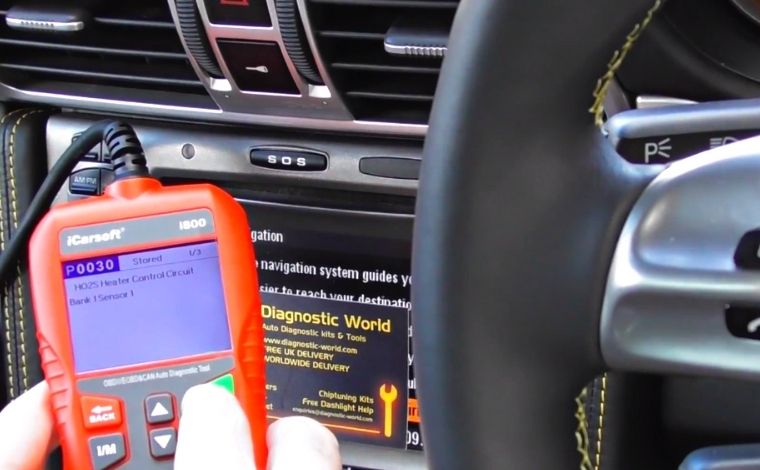
Apply a voltmeter to check the voltage. If there is an issue with the ground wire or the fuse, replace those for a better result. The subsequent diagnosis you need to perform is the condition of the ECM. Check all the sensors, resistance, and voltage of the ECM. The ECM might have been damaged if the voltmeter had given incessant and infinite resistance. Replace the ECM and recheck the codes by applying the OBD-II scanner. By this time, you are done with all the diagnoses for the DTC P0030.
Common Mistakes in Diagnosing The Code P0030
It is mandatory to check both sides of the connector and the wirings to see if they are in good condition or if they defect. Even a professional makes a big mistake by not checking the fuel level of the engine or not even checking the correct viscosity of the oil. The mechanic must check the particular volts of the sensors and grounds to see if they are working better. Check the main part of this error code which is the HO2S. The mechanic must keep a close eye on this heater control circuit and replace it if there is any fault.
What parts are needed to fix the DTC P0030 code?
There are some particular parts where we must focus on repairing the whole problem of the fault code P0030. Let us have a close look into those parts,
-
O2 sensor
It is obvious that most cars have a minimum oxygen sensor. The main job of the sensor is to support the engine to maintain the air-to-fuel ratio and improve fuel economy and emissions. It also inspects the amount of oxygen in the exhaust and also adjusts fuel and air intake. So it is the prime duty to first monitor and diagnose the oxygen sensor.
-
Sensor heater
The heater mainly agitates the sensor to work properly in a particular operating temperature so that it can initiate working as soon as possible. The PCM continuously monitors the heater circuits and also checks for resistance and short circuit.
-
Engine Control Module
A Damaged ECM is always a burden on the vehicle’s system. You need to check and repair the ECM as early as possible.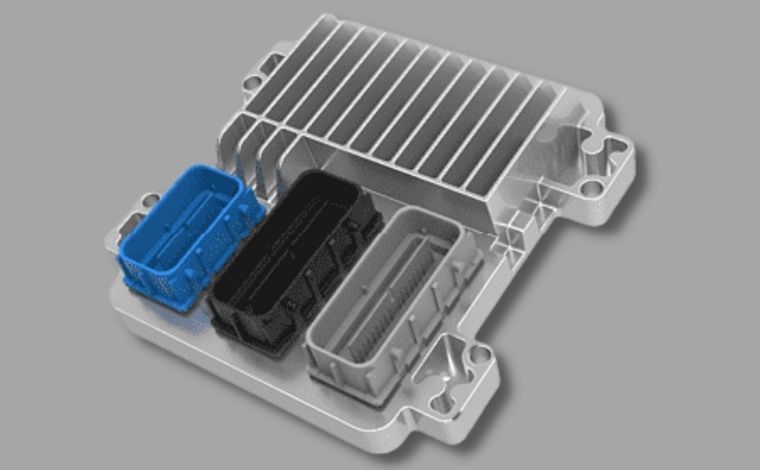
How To Repair the DTC P0030?
Repairing the error code is an extensive process that must be done carefully. Here I will describe the whole repairing parts in a few steps for the convenience of the readers,
-
Check the wirings of the heater circuit
The first step of the repair is to disconnect the oxygen sensor connector and examine the heater circuit to see if the ground and power are alright. In this case, you can introduce a multimeter and check the voltage, resistance, and current. The ground side of the circuit should also be checked carefully to know the actual power supply condition. You must follow the wiring diagram to measure the voltage, and if there is a problem in the O2 sensor power supply, then repair this fast.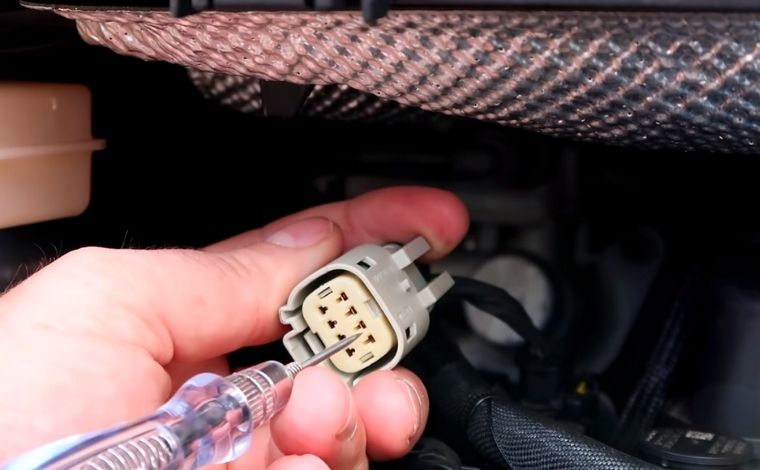
-
Examine the sensor heating components
If the ground power is all okay, then the next step is to check for the sensor heating elements to see if they have any high resistance or an open circuit. An open circuit may cause discontinuation between the wirings. So it is imperative to check and replace the open or short circuit. The values of the resistance and voltage given by the multimeter are compared to the manufacturer’s manual book. If the resistance exceeds the actual level, then it must be replaced.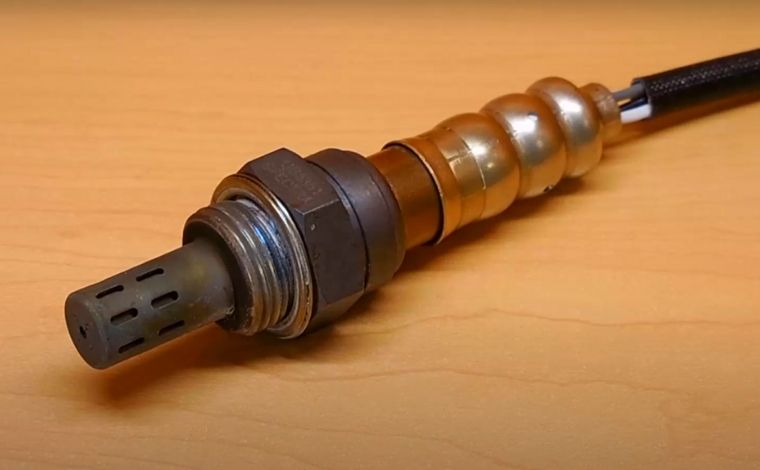
-
Repair the oil control valve
The oil control valve permits and controls the entrance of fuel into the main engine. Check and replace the oil control valve if it is damaged. Also, check for the oil filters; if it gathers a lot of sludge, then replace them with a brand-new filter. Apply the right viscosity oil in the main engine. Check for the timing components and replace the defective parts. Finally, check the PCM to see if it can read the information and codes exerted from the main engine. By maintaining these steps, you can easily terminate the DTC P0030.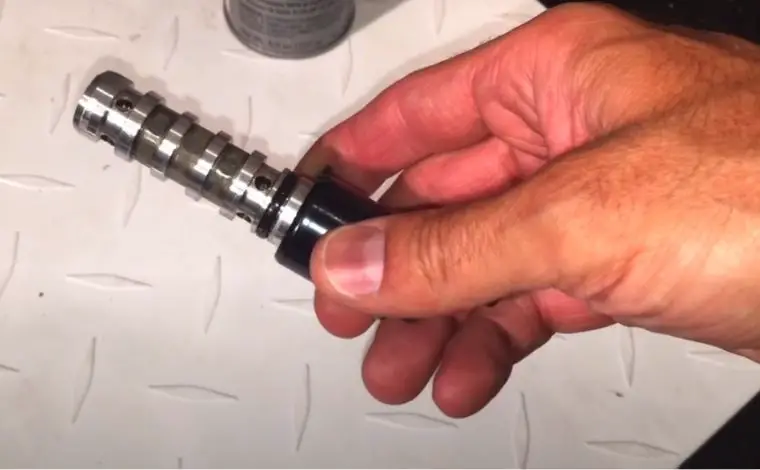
Repairing cost and tools
The professional may charge you between $20 to $200 to repair a typical oxygen sensor, and an additional labor cost of $30 to $40 may add to the total bill.
Some necessary tools that are required to diagnose the OBD-II scanning tool: are basic hand tools, voltmeter, oxygen chamber checking pipes, etc.
Codes Related to P0030
There are some codes that are compatible with each other, and the repairing process of those codes is more or less the same. The most related code to the DTC P0030 is the fault code P0050. It denotes “Sensor Heater Circuit Malfunction Bank 2 Sensor 1. “. This is almost the same fault as before, and the diagnostic steps are also nearly the same. The main difference is that the latter one is situated on the opposite side of the engine.
Conclusion
It is not that difficult to repair the error code P0030. But if you neglect this fault and keep driving your car, then it may damage the internal engine setup. This code may generate sensor loop failure and damage the main engine and other exhaust parts. So we suggest addressing and fixing the error code as soon as possible. This extensive article may guide you better than anything else. Apply these strategies and see if you can eliminate the error code by yourself.
Related Trouble Codes:
Meet our professional car mechanic, Russell D. Steele, who has been in this field for five consecutive years and works with several automotive companies. He completed the "AUTOMOTIVE & LIGHT DUTY DIESEL TECHNOLOGY" course from NorthWest Lowa Community College, where he learned essential diagnostic and transportation management skills and became a certified mechanic.
Summary of Contents
